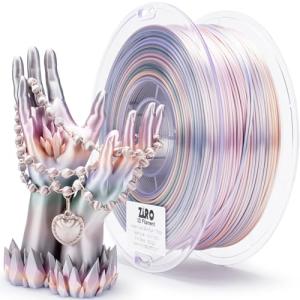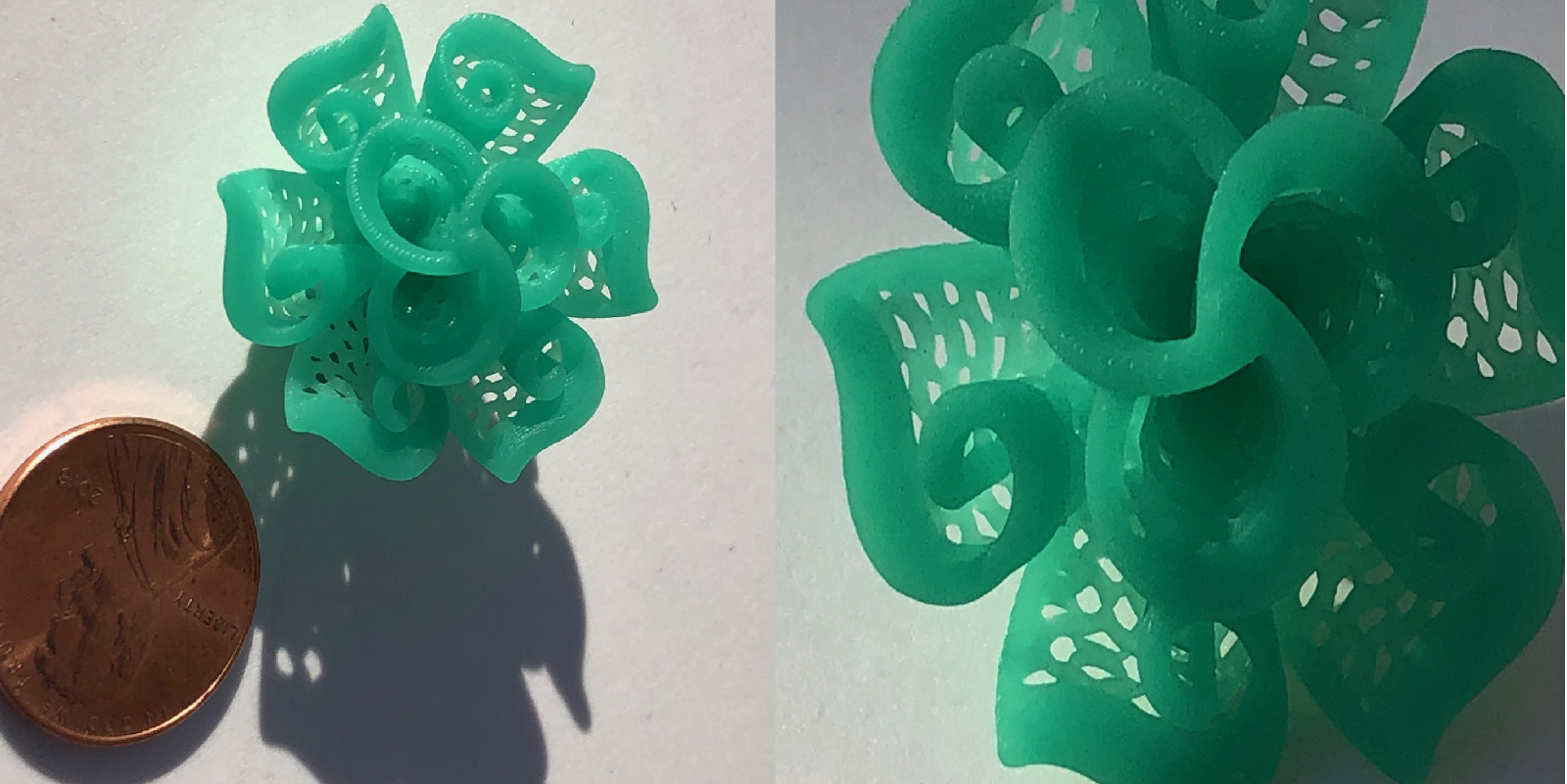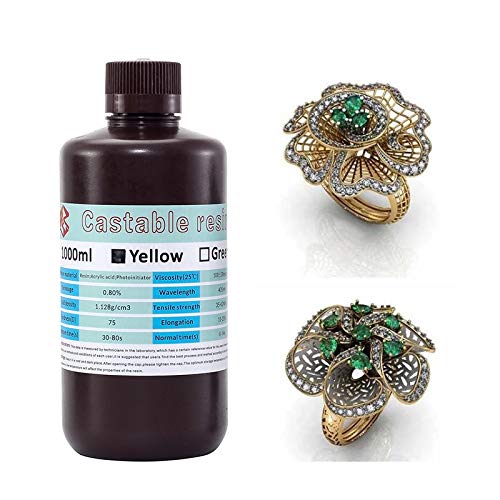First things first, you’ll need a reliable 3D printer. There are tons of options out there, so think about what you want to create. If you're into detailed miniatures, a resin printer might be your best bet. If you're looking to make larger items, a filament printer could be perfect. Choose what fits your needs, and you’ll set yourself up for success.
Next up, you’ll want to get familiar with slicing software. This is where the magic happens! Slicing software takes 3D models and prepares them for printing. You can adjust settings like layer height, print speed, and infill to get the results you want. Play around with different 3D printing techniques to see how they affect your prints.
Don’t forget about materials! PLA is a great starting point because it’s user-friendly and widely available. As you get more comfortable, you can explore other materials like ABS or PETG, which can add durability or flexibility to your projects. Testing different filaments can lead to fun discoveries and help improve your skills.
Finally, don't shy away from learning through trial and error. It’s all part of the process! Join forums, watch tutorials, and connect with other 3D printing enthusiasts. Sharing tips and experiences will only help you grow and master those 3D printing techniques in no time. Happy printing!
Understanding Different Printing Techniques
Diving into 3D printing can feel overwhelming with all the different 3D printing techniques out there. But don't worry! Let's break it down into a few easy-to-understand options that'll help anyone get started.
First up is Fused Deposition Modeling, or FDM. This one’s super popular, especially for beginners. It works by melting plastic filament and layering it up to build your object. It’s like icing a cake, but with plastic! FDM printers are usually affordable and come in various sizes, making them a great choice for home use.
Then there's Stereolithography (SLA), which uses a laser to cure liquid resin into solid shapes. Inside an SLA printer, the process is like magic. A laser traces out your design, solidifying the resin bit by bit. The detail you get with SLA prints is fantastic, making it perfect for intricate designs. It’s usually pricier, but worth it if you need high-quality parts.
A newer player is Selective Laser Sintering (SLS). This technique uses a laser to fuse powdered materials like nylon or metal into a solid object. The cool part? SLS doesn’t need support structures because the powder acts as support during printing. You get strong, durable parts that are great for functional prototypes or end-use products.
Lastly, there's Digital Light Processing (DLP), which is similar to SLA but uses a projector to flash light onto resin, curing it layer by layer. DLP prints faster than SLA and gets stunning details. It’s a solid choice if you need speed and precision!
ELEGOO Neptune 4 Pro: Lightning-fast 3D Printing
Experience high-speed 3D printing with the ELEGOO Neptune 4 Pro for ultimate efficiency in the world of 3D printers
Product information
$269.99
Product Review Score
4.25 out of 5 stars
31 reviewsProduct links
Common Materials for 3D Printing
When it comes to 3D printing, the material you choose can make a big difference in your project's outcome. Each type of material has its own unique properties, making certain options perfect for specific 3D printing techniques.
PLA (Polylactic Acid) is one of the most popular materials for beginners. It's easy to print with and comes in a ton of colors. PLA is biodegradable, which is a nice bonus for environmentally conscious creators. If you're just starting out with 3D printing techniques, you can’t go wrong with PLA.
ABS (Acrylonitrile Butadiene Styrene) is the go-to for those looking for durability. It has good toughness and can withstand higher temperatures, making it great for functional parts. The downside? It can be a little trickier to print since it tends to warp if not managed properly. But if you’re ready for the challenge, ABS can deliver strong and reliable results.
If you're after flexibility, TPU (Thermoplastic Polyurethane) is your best friend. This material can bend without breaking, making it a favorite for items like phone cases or wearables. It demands a precise 3D printing technique, but the flexibility it offers is worth it.
Don’t forget about PETG (Polyethylene Terephthalate Glycol-Modified). This material strikes a nice balance between the ease of printing like PLA and the durability of ABS. It’s food-safe and resistant to impact, so it's a great choice for functional prototypes or outdoor projects.
ZIRO Shiny PLA Gradient Filament for 3D Printing
Bring your 3D prints to life with vibrant colors and a smooth finish using ZIRO's Shiny PLA Gradient Filament
Product information
$24.99
Product Review Score
4.56 out of 5 stars
102 reviewsProduct links
Tips for Successful Prints Every Time
Getting the best results with your 3D printer doesn’t have to be a guessing game. Let’s dive into some handy tips that can help you nail those prints every time. You'll find that with the right approach, mastering 3D printing techniques is totally doable!
First off, always check your printer settings before you hit that print button. Make sure the layer height, print speed, and temperature are spot on for the type of filament you're using. For instance, a lower layer height gives you finer details but will take longer to print. If you’re after speed and don’t mind sacrificing some detail, crank up that print speed.
Calibration is key! Take the time to level your print bed. A well-leveled bed helps your first layer stick properly, which sets the stage for the rest of your print. You can use a piece of paper to gauge the distance between the nozzle and the bed. If it’s too far, that first layer might not adhere correctly, and you'll end up with a mess.
Don’t forget about cooling. Some materials need a fan to help with cooling to prevent warping. If you're using PLA, for example, make sure your cooling fan is running to keep those details crisp. Experiment with different cooling settings to find what works best for your particular 3D printing techniques.
Finally, always use high-quality filament. Cheap materials can lead to clogs and inconsistencies in your prints. Invest in good filament, and it’ll save you headaches down the road. Try out different brands to see which ones work best with your printer and the projects you want to tackle.






